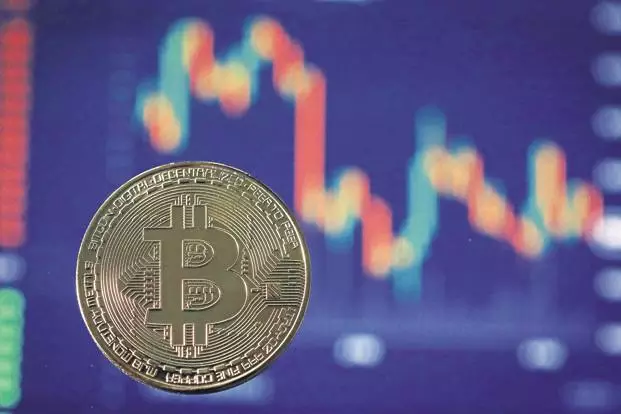
Can bitcoin and other cryptocurrencies function as money? What is the politics of bitcoin? To figure this out, we need to go beyond the formulaic textbook trinity of unit of account, store of value and means of exchange, and understand money as a social institution. Modern money is a special-purpose credit note that operates on two levels, neither of which cryptocurrencies can match by design.
First, credit money solves liquidity issues in a complex economy by means of a business called banking. Second, being a social institution, money both expresses and contains conflicts between warring parties within the capitalist system. Modern credit money works ultimately because it watches over a capitalist peace.
Bitcoin is the product of a rupturing of that peace with the financial crisis. Bank bailouts were a particular breach. As protestors observed: “Banks got bailed out, we got sold out.” We only think about the plumbing when it breaks; when money broke, we saw an efflorescence of ideas around money, including cryptocurrencies.
Being bailout-proof is a big part of the design of cryptocurrencies. If it can just be “printed” and handed out to the bankers who broke the system, something must be fundamentally wrong with modern money. Liberty-loving system designers with such ideas thought they could do better. Their mission: to apply cryptography to money and take power away from state-banker elites. Their inspiration was the currency system immune to such abuse, the gold standard of the 19th century.
There is one problem with this inspiration, however: the gold standard was a credit system just like our modern system. It was also built on promises both political and economic. Indeed, it was precisely because it could not keep its political and economic promises that the gold standard failed.
A credit note is an IOU, a promise to pay something. Money under a gold standard was a promise to pay gold. The key term, note well, is promise: institutions issuing such notes had to make good on this promise and deliver the gold when notes were cashed in.
This system of promises to pay gold worked so well that it appeared to end users that gold was waiting for them in the vaults. Comforted by the security of the promise, they rarely bothered with the cumbersome metal, using notes instead. People incorrectly assumed that their notes represented gold in the vault much like a movie ticket represents a seat in the cinema.
But this is not how the gold standard or indeed any credit system works. Or rather, this is exactly how credit appears when the system is working well. So convinced are we that a credit note is as good as gold that we are collectively offended when the truth is revealed: the wizard turns out to be a fraud.
Despite what goldbugs may say, banking is no more fraud than borrowing is sin. A bank takes in short-term loans of “cash” (deposits) and makes longer-term loans, but the same “cash” is not simply lent back out: that is a different business called money-lending. With banking, the business’ own liabilities (IOUs) are issued when making loans. These newly-minted deposit liabilities are just like other deposits: they can function as “money” because they can be exchanged for “cash” on demand. To meet this demand, banks keep some fraction of “cash” in reserve.
“Cash” can be any outside asset, something other than the bank’s own liability. With the gold standard, this outside asset was gold, a finite commodity. In our system, this outside asset is central bank money, the IOU of the central bank, the state’s bank. Bank money is a promise to pay central bank money, a promise maintained so effectively that we take them to be the same thing. But what is central bank money a promise to pay if not gold?
In a word, GDP (gross domestic product). Modern money is like a government bond with special features: it pays no interest (it is “zero-coupon”), is owned by the bearer, and it never matures, it is perpetual. Modern credit money is a claim